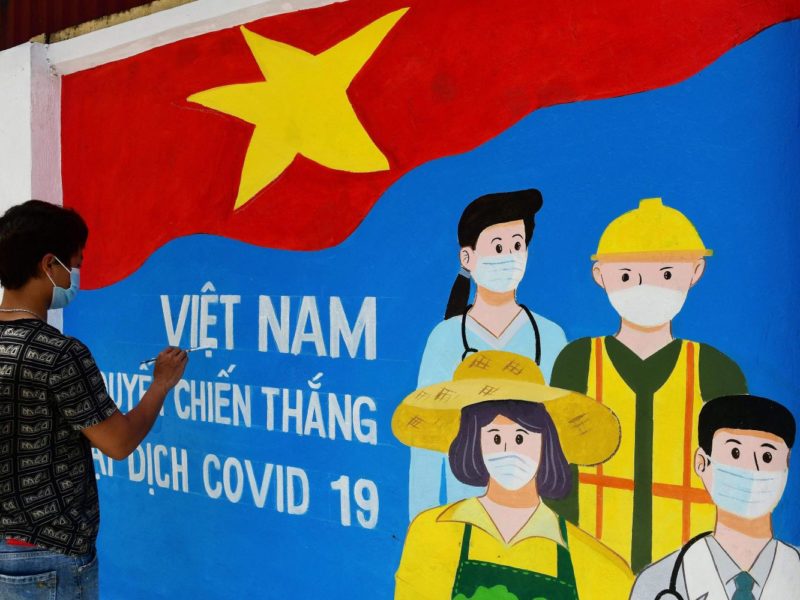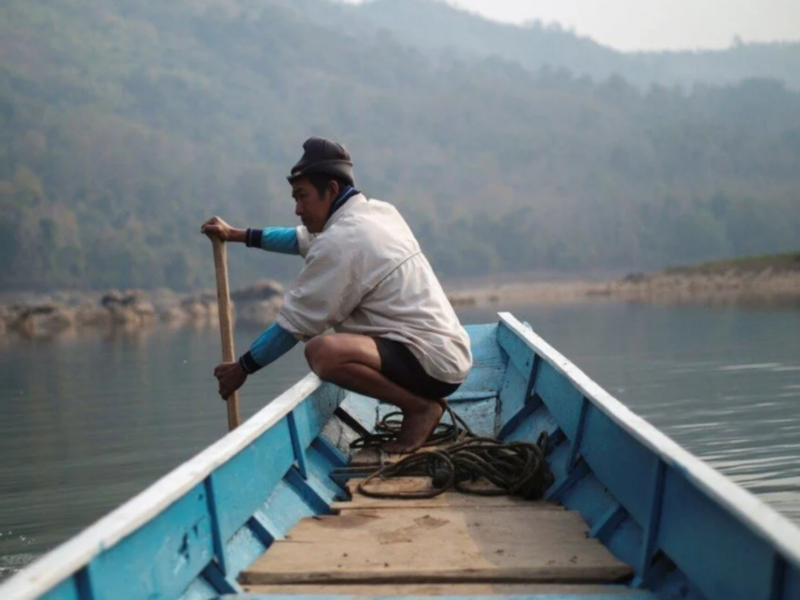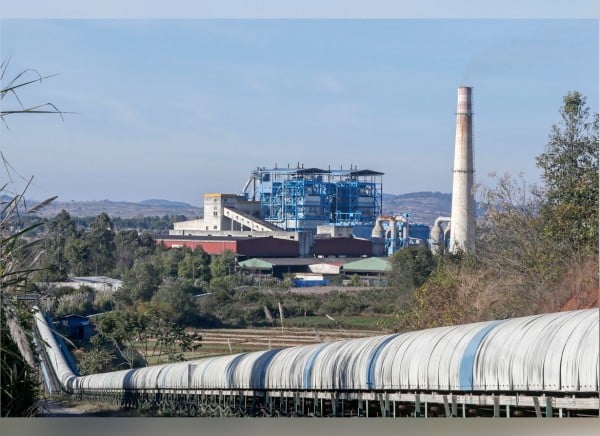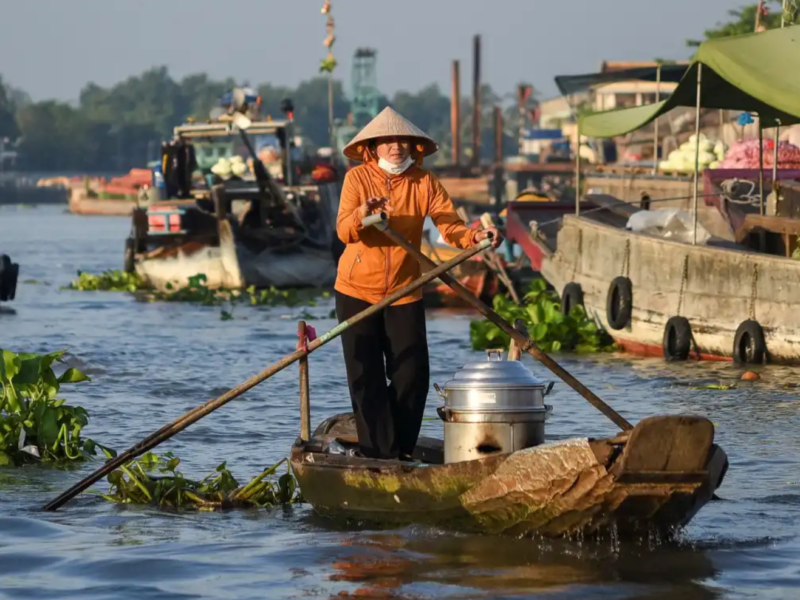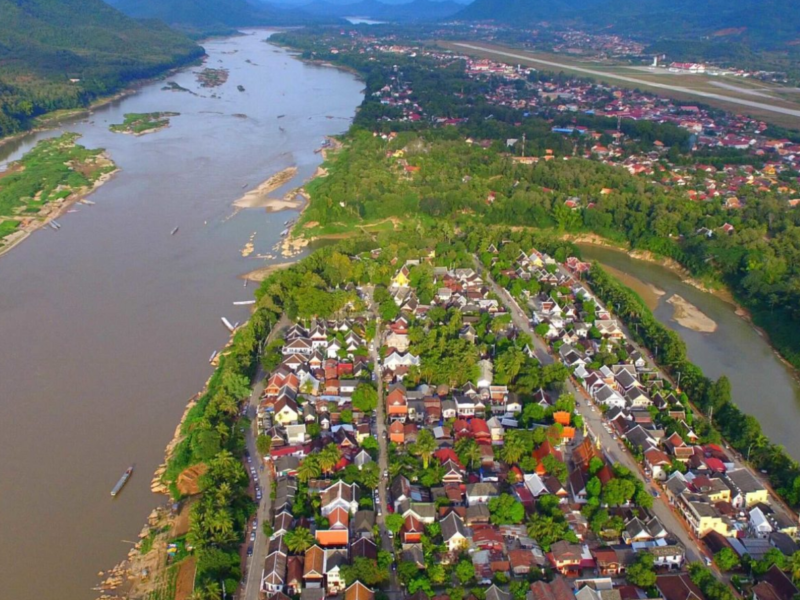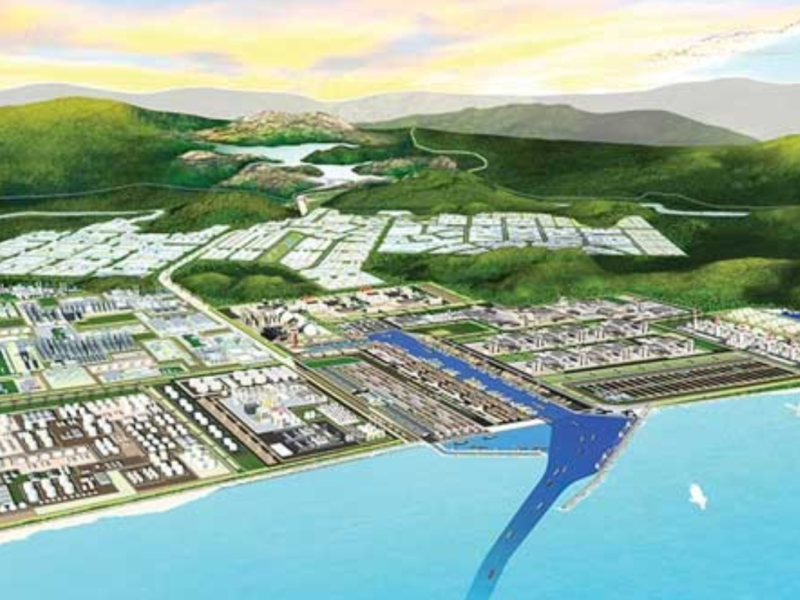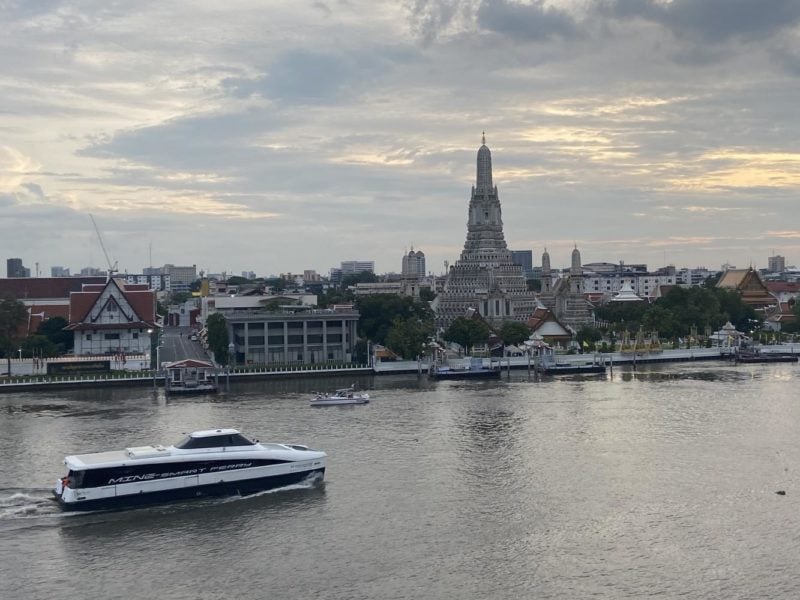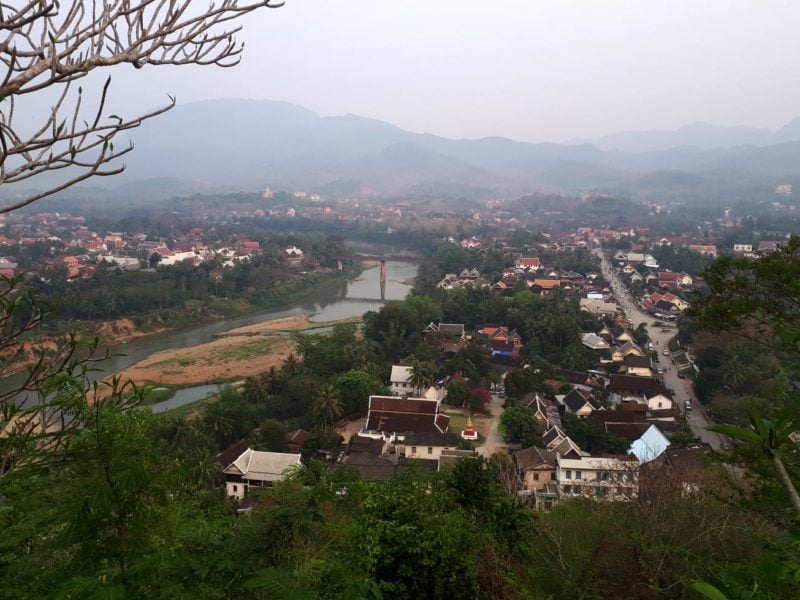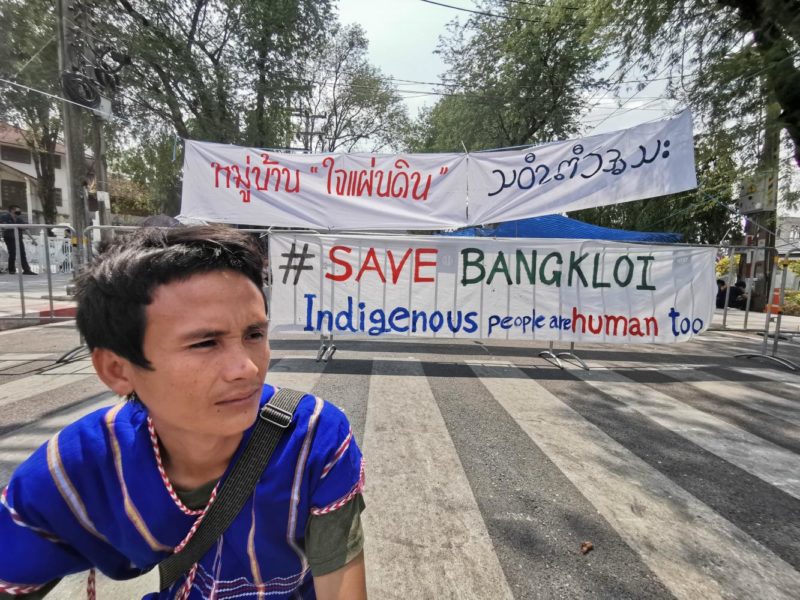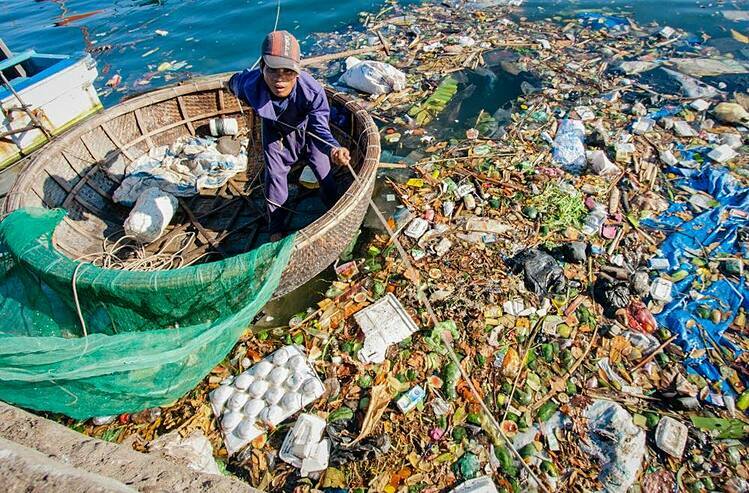Strangely enough, the phrase “free and open Mekong” was introduced for the first time in the latest US position regarding the most important strategic area of mainland Southeast Asia.
Category: Opinion
Collection of opinions relevant to the Mekong environment published in media outlets across the globe.
Why Thailand should step in to halt the Luang Prabang dam project
The Lao government may resist the growing pressure to cancel the dam project, but Thailand could readily pull the plug given that dam developer CH Karnchang is based in Bangkok.
Resources & power in Myanmar
Even if democracy returns to Myanmar, it is not guaranteed it will ensure the rights of ethnic people living in the resource-rich areas, that have to date only seen the adverse impacts of their extraction.
Why we should care about fate of the Mekong
An Pich Hatda, chief executive officer of the Mekong River Commission (MRC), highlights the MRC’s new strategic plan, pointing out, among other things, a “need to boost the Mekong River’s ecology” and that “national power generation should be subject to a proper coordination management mechanism, and future plans must consider the full range of viable alternative generation sources that are environmentally friendly, logistically feasible and economically responsible.”
Our World Heritage is deeply tied to rivers and they need protection from dams
Despite this World Heritage status, the Mekong River, which flows through and is an integral part of Luang Prabang’s history, culture, and way of life, is under threat. A Thai-led consortium is planning to build a massive hydropower project, 25 kilometers (15.5 miles) upstream from Luang Prabang. Given the proposed dam’s size and location (including its proximity to Luang Prabang City), the dam is categorized as an “extreme risk”.
Geostrategic importance of Dawei Port in Myanmar for India
Dawei port can be said to occupy the central stage in the scheme of things of the Japan-India-Australia trilateral resilient supply chain initiative signed in September 2020 to minimize the dependence on China.
Read more at: https://www.oneindia.com/india/geostrategic-importance-of-dawei-port-in-myanmar-for-india-3283705.html?story=4
How e-mobility can power Thailand to net zero
The first country in Southeast Asia to offer incentives to electric vehicle manufacturers and tax reductions on sales of their cars, Thailand is imagining itself as an electric vehicle hub.
Luang Prabang Dam a threat to World Heritage?
With its huge electrical power reserves, Thailand does not need energy generated by the Luang Prabang Dam. The Lao government would like the nominal gross domestic product and investment growth generated by the project. Planning is well-advanced, but it is not too late to take a cautionary step. Without a signed power purchase agreement between the developers and the Electricity Generating Authority of Thailand, development cannot go ahead.
Violence hampers Unesco park quest
Thailand’s effort to turn the Kaeng Krachan Forest Complex into a Unesco World Heritage Site has been made in vain for the past six years. Will it have succeeded by the time the annual World Heritage Convention convenes in July?
Stop the flow of Vietnam’s plastics into oceans
According to a recent World Bank survey, plastic items accounted for 94 percent of all solid waste collected at 38 riverbank and coastal sites around the country, the majority of which were single-use plastics. The plastic consumption rate per capita in Vietnam rose ten times between 1990 and 2019. On average, a Vietnamese person now consumes 41.3 kilograms of plastic in a year.


